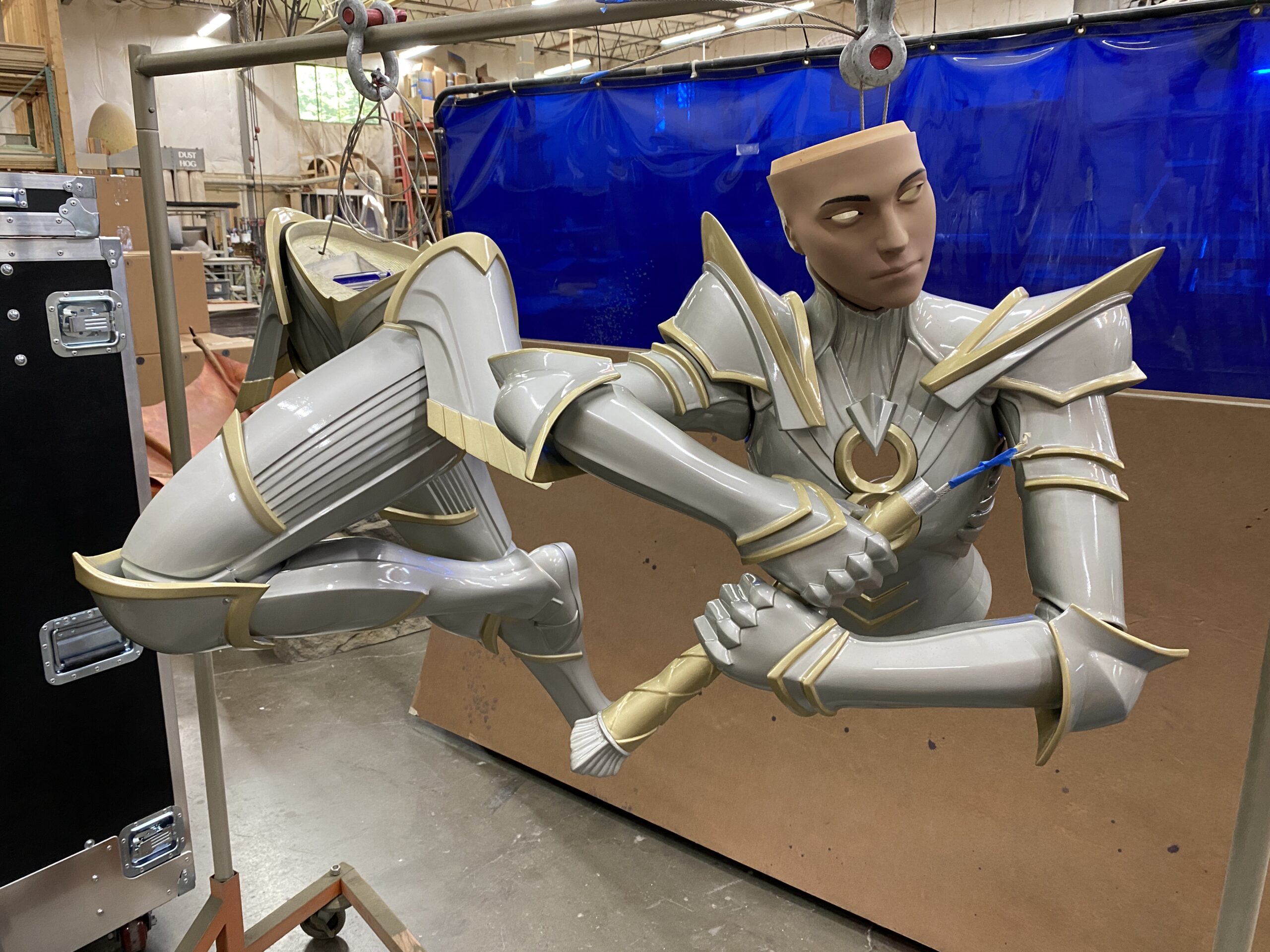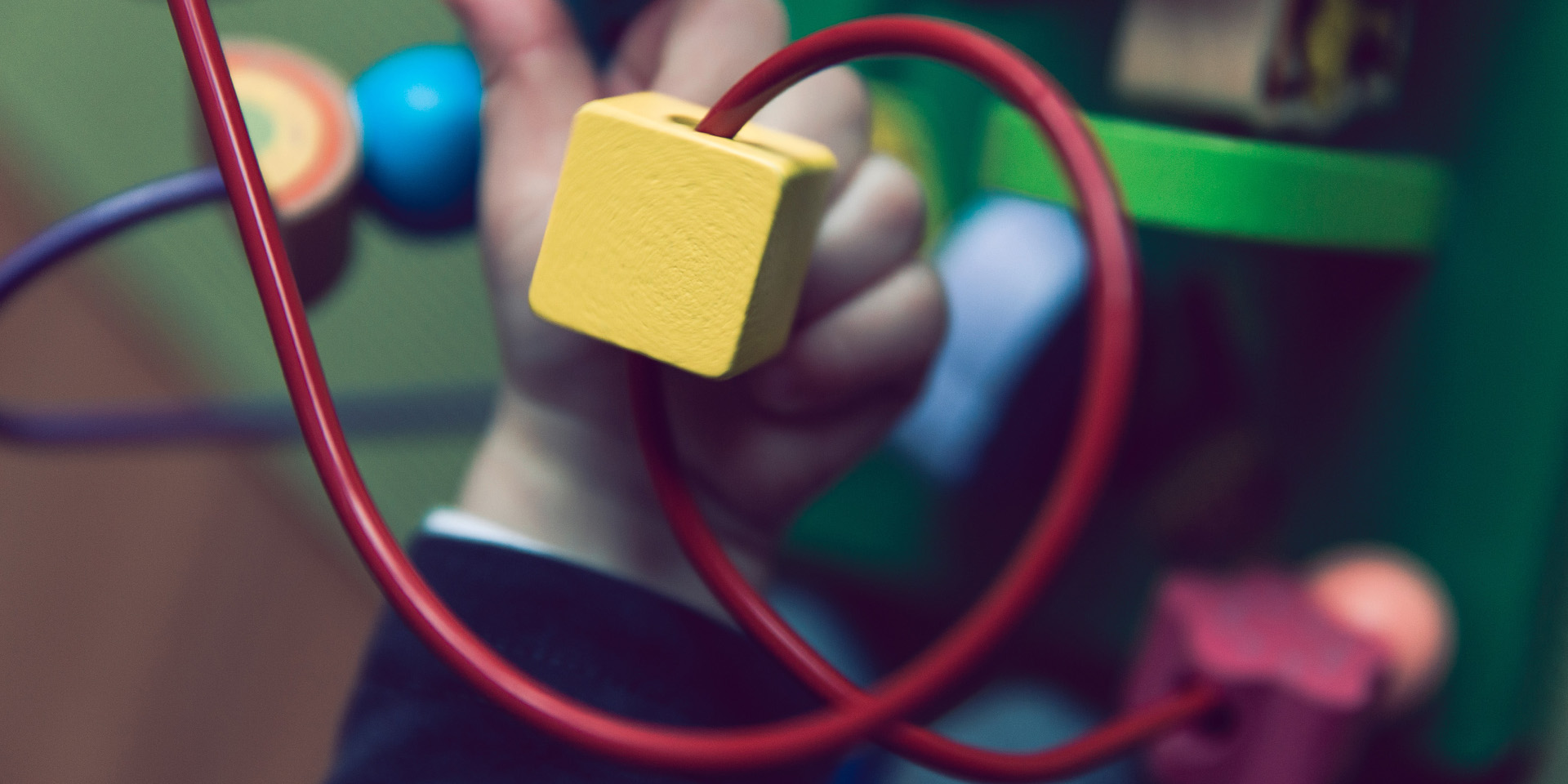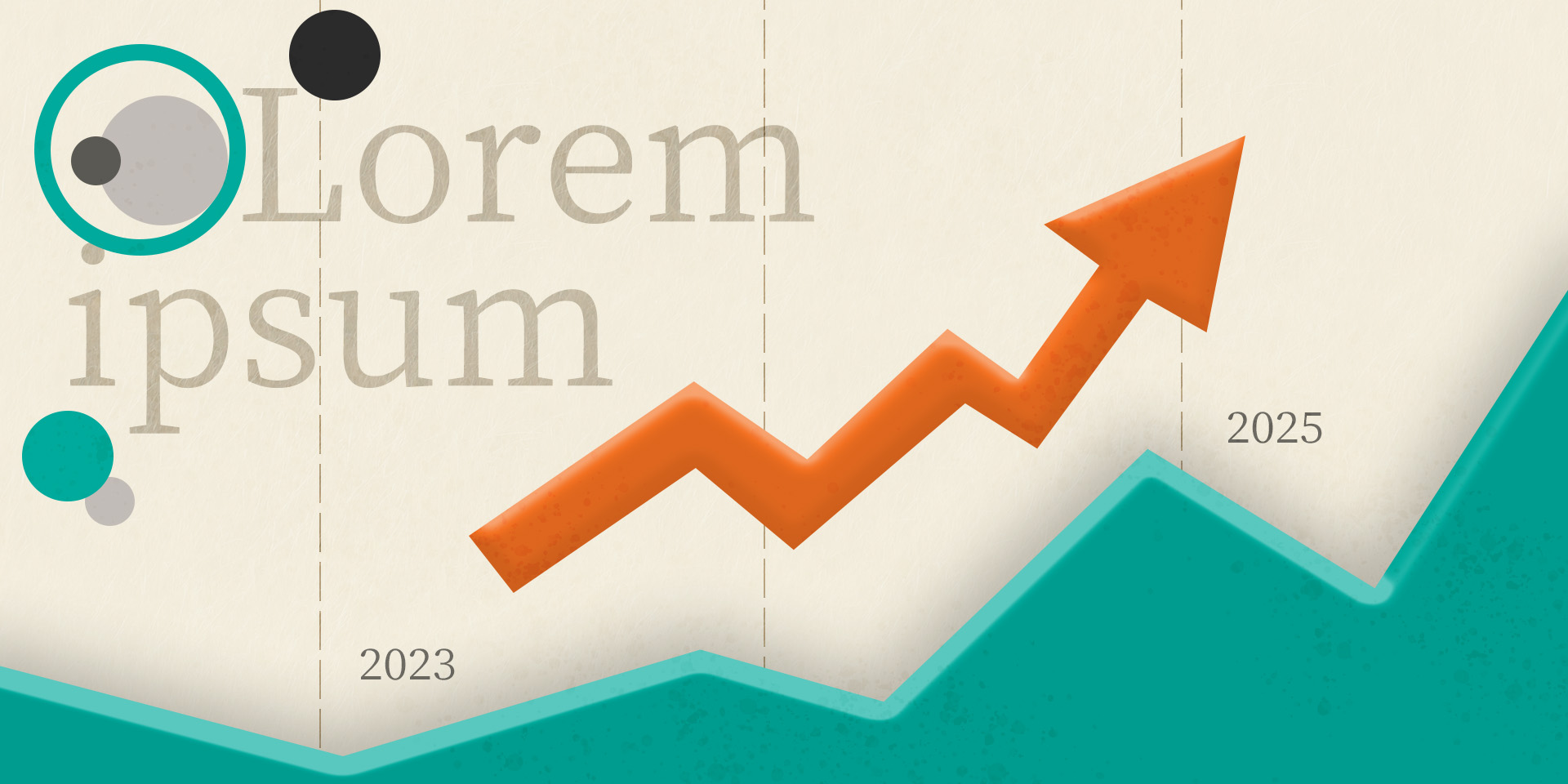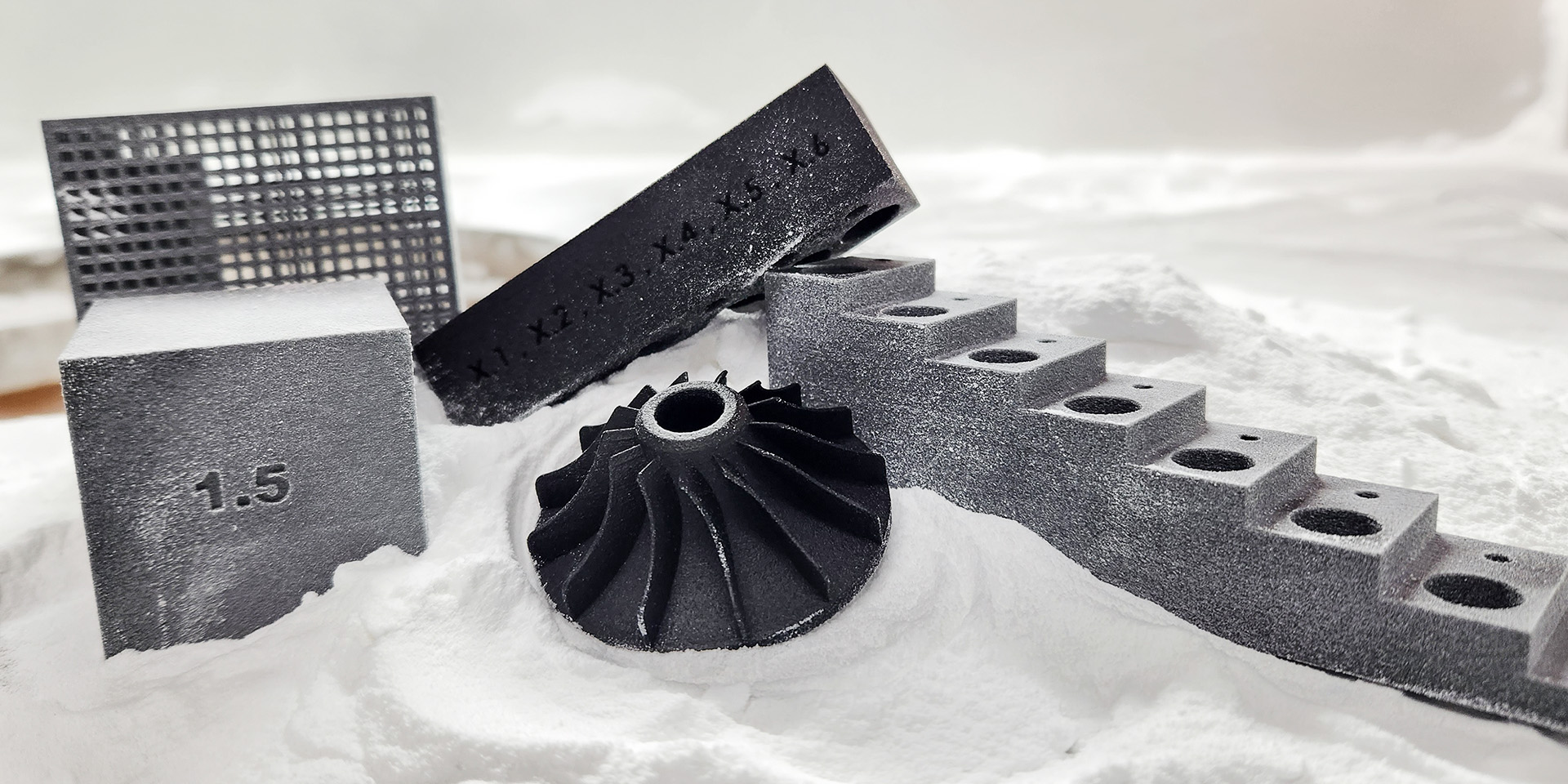We got to take part in an amazing project by Dillon Works…
3D Printing
AI for 3D Printing
Artificial Intelligence works as a way for computerized systems to quickly retrieve…
Market Trends in 3D Printing and Opportunities for Your Business
Market research has shown that 3D printing is expected to have a…
The Positive Environmental Impact of 3D Printing
Additive manufacturing has the reputation of being more ecologically friendly than traditional…
SLS, SLA, or SAF? Comparing 3D printing methods
There are many different 3D printing processes that have been developed in…






